The real language of flowers, or how to decode your Valentine's day bouquet
As we hit Valentine's Day, Martin Fone takes a look at the true meaning behind flowers, decoding what each individual bloom says about the receiver - or the sender.
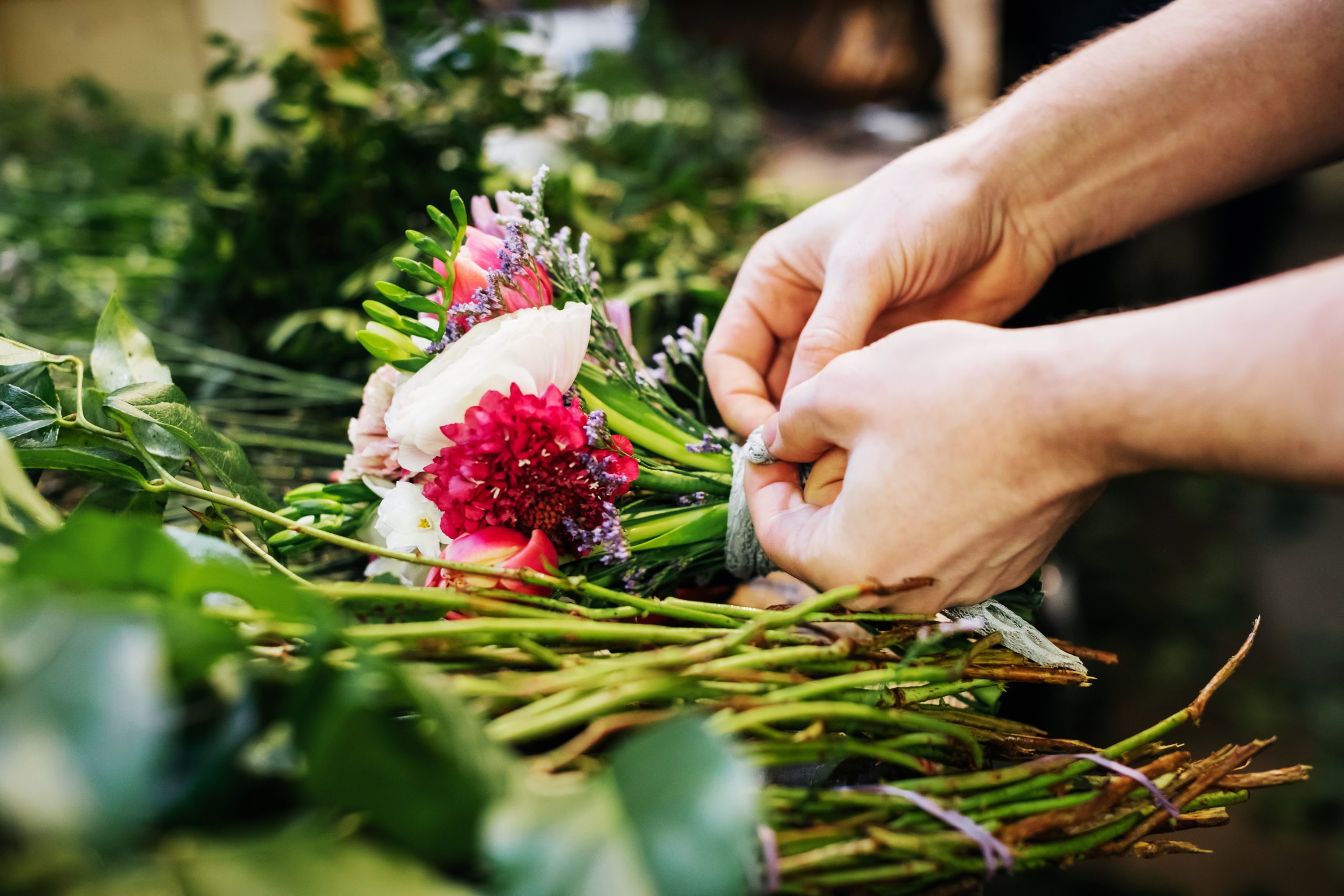

With Valentine’s Day fast approaching, thoughts gravitate towards cut flowers. I may be a bit of an old romantic, I was a New Romantic, another matter from a different time, but I do tend to mark important occasions in my wife’s life with a bouquet of flowers. I’m not alone. According to the Flowers and Plants Association, the cut flower and ornamental plant market was worth £2.2 billion in the UK, although the majority of the blooms are imported, mainly from the Netherlands.
My choice of flowers is made around colour, availability and price, with little thought given to the message that the blooms may be conveying. For the Victorians, though, a bunch of flowers was more than something decorative; it was a statement of mood and intention, almost the equivalent of the modern emoji. Fearful that I would make a dreadful faux pas with my next floral offering, I decided to investigate the world of floriography, the language of flowers, in more detail.

Our story begins with the colourful and intrepid wife of the English ambassador to Constantinople, Lady Mary Wortley Montagu. A prolific letter writer, Montagu wrote about her experiences in the Ottoman capital in 1717 and 1718, describing in great detail how the women incarcerated in the Sultan’s harem communicated with the outside world through flowers as a form of code, selam as it was known in Turkish. Her accounts of the exotic world of the Ottoman court found a ready audience in England, when they were published, and the idea of using flowers as a form of clandestine billet-doux took root.
It wasn’t until the 19th century, though, that the hidden messages conveyed by flowers were consolidated into encyclopaedic form, one of the earliest, Le langage des Fleurs, compiled by Louise Cortambert under her nom de plume of Madame Charlotte de la Tour, appearing in 1819. A best seller and highly influential both in Europe and America, it spawned a cottage industry of its own.
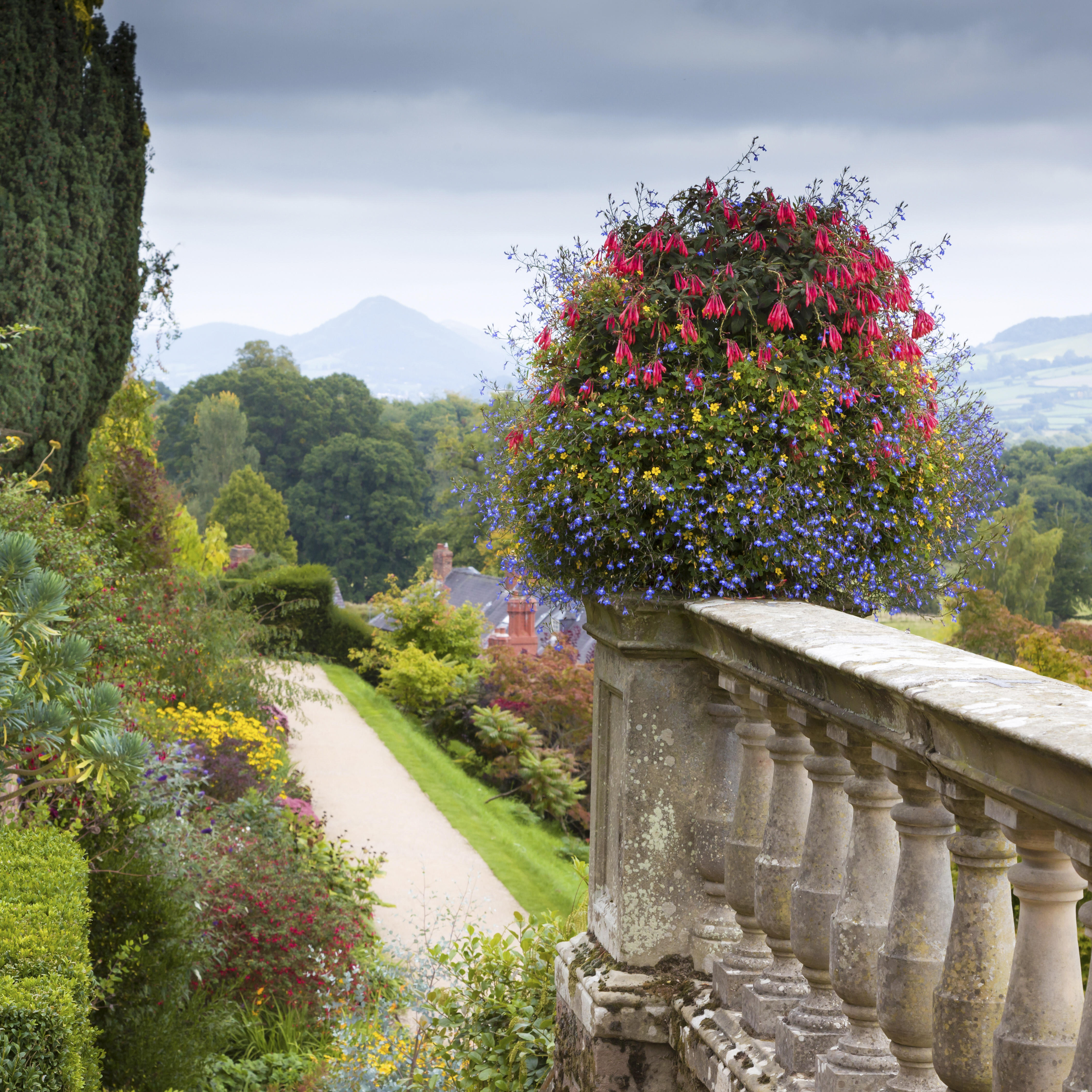
View from the flower-filled garden terraces at Powis Castle, Wales.
Between 1828 and 1923, there were more than 98 different flower dictionaries published in the United States and the pages of august journals such as Harper’s and The Atlantic regularly included articles on the symbolism of certain flowers.
'Audiences would detect the subtle nuances of the messages conveyed by the author or painter's choice of flowers in the scenes they were painting'
Not to be outdone, in Britain our particular home-grown favourites were Flower Lore: The Teachings of Flowers, Historical, Legendary, Poetical and Symbolic, penned by a Miss Carruthers from Inverness and seeing the light of day in 1879 and The Language of Flowers, a beautifully illustrated volume produced by Kate Greenaway in 1884 and still in print.
So ingrained was the symbolism of flowers into the psyche of the 19th century mind that writers such as Jane Austen and Charlotte Brontë and artists like Dante Gabriel Rossetti took it as read that their audience would detect the subtle nuances of the messages conveyed by their choice of flowers in the scenes they were painting.
Exquisite houses, the beauty of Nature, and how to get the most from your life, straight to your inbox.
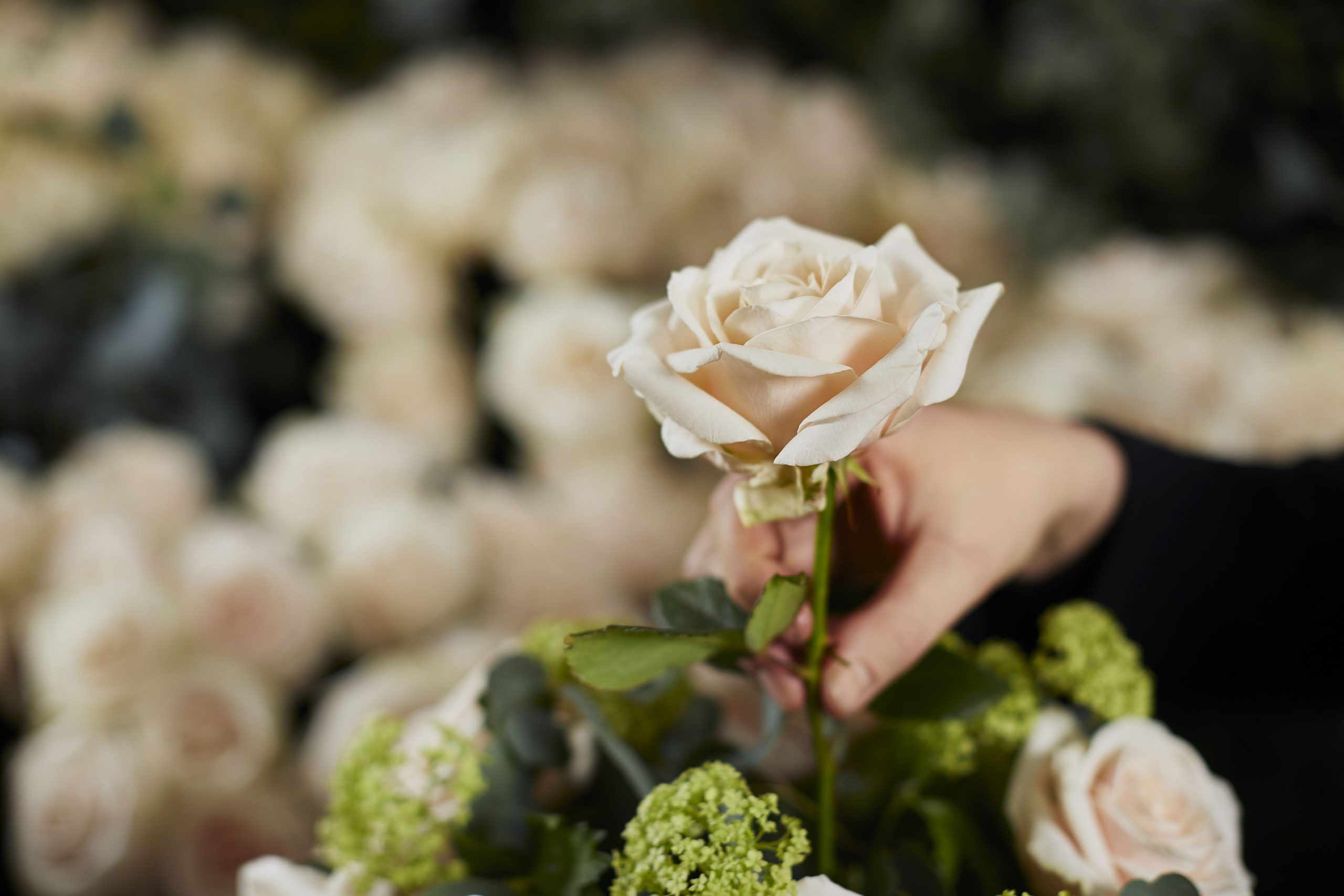
The Dorchester Rose at The Florist in The Dorchester Promenade.
Coded messages were particularly important in courtship. Conventions at the time made it very difficult for a couple to find precious moments alone. Often the female would be chaperoned to a garden by a gooseberry, someone who would lurk in the background making sure that nothing untoward occurred, often spending their time picking fruit. It is fascinating how the meaning of the word in this context has undergone a 180 degree turn in modern parlance.
A chap would give his beloved a nosegay or posy assembled from a carefully chosen selection of flowers and herbs, usually to convey a specific message. This was also known as a tussie-mussie. Interestingly, it was also slang, if Francis Grose’s Dictionary of the Vulgar Tongue is to be believed, for a part of the female anatomy that the beau hoped to unlock e’er long.
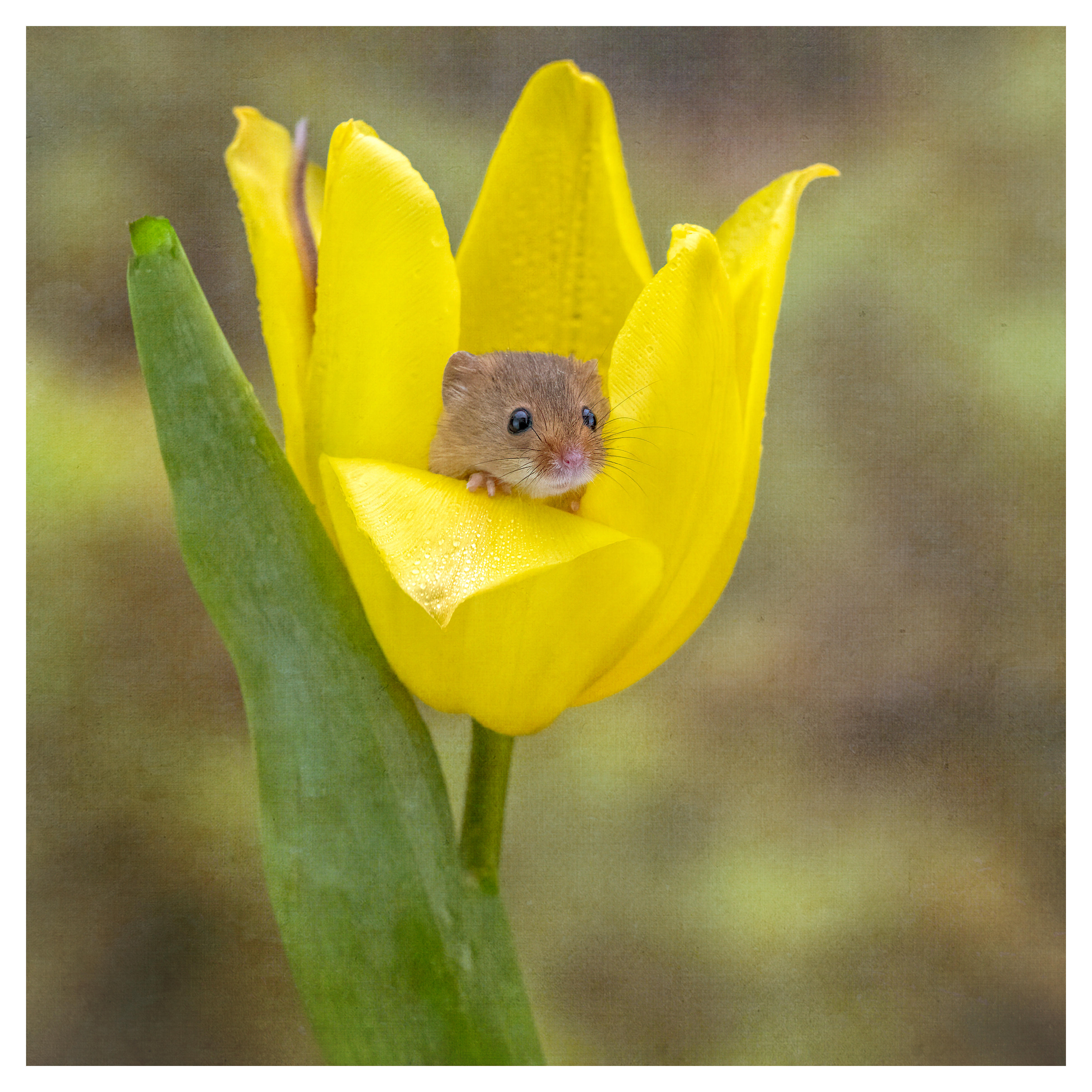
Harvest mice love pollen – so much so that they'll climb flower stalks to get it, and once they have will often nod off for a doze with full stomachs.
Naturally, it was important to get the combination just right. Bluebells were associated with kindness, peonies bashfulness, rosemary with remembrance, and tulips passion. Roses, poppies, and lilies could convey a wide range of emotions based on the colour selected. A mix of geraniums relayed an anxious enquiry as to whether the recipient was going to attend the next dance. If it prompted a spray of mixed carnations in response, it meant she wasn’t.
'Instead of looking frantically for a vase to put the things in, the Victorian would calmly sit down and thumb their flower dictionary'
To compliment someone on their wit and send good wishes, an arrangement of lupins, hollyhocks, white heather, and ragged robin was just the thing. Beware delphiniums, though, they convey the sense of haughtiness, and hydrangea, heartlessness, and basil with its association with hate. When all had gone wrong, a mix of oleander and birdsfoot trefoil might be just the ticket – beware my revenge.
The undeniable conclusion from all this is that the arrival of a bunch of flowers provoked a different reaction in the 19th century from today. Instead of looking frantically for a vase to put the things in, the Victorian would calmly sit down and thumb their flower dictionary, looking for a coded message within the blooms.
It also meant that they had to be razor-sharp at identifying the types of flowers. It was a good job that botany was a popular subject at the time.
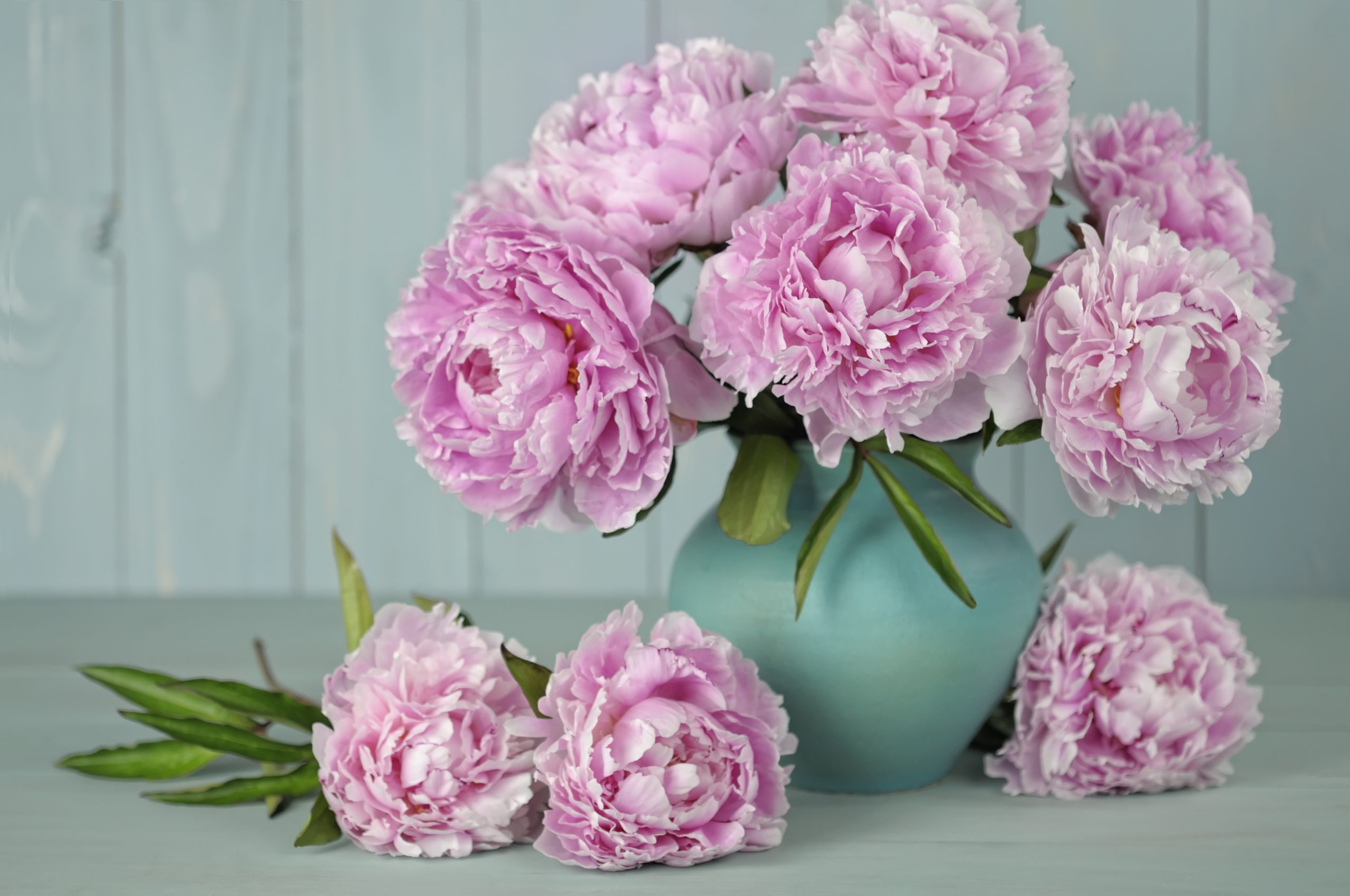
Somewhat ironically, just when the mania for floriography had withered, technology produced a solution to the problem of long-distance flower delivery. In 1910, fifteen American florists agreed to exchange orders by telegraph, forming the Florists’ Delivery Association (FDA). Flowers could be ordered in one town and be delivered on the other side of the country from local stock, thus ensuring that they were as fresh as a daisy. A note with the sender’s message was attached to the bouquet.
The idea took off and other such ventures were formed, including here in Britain. Glaswegian Joe Dobson and Carl Englemann from Saffron Walden applied in 1920 to become foreign members of the FDA. A network of seventeen florists using telegraphs was established three years later, ultimately morphing into what we now know as Interflora.

And the slogan, say it with flowers? This is attributed to Major Patrick O’Keefe, an advertising man from Boston, who, with Henry Penn, were knocking ideas around for a strap line for the Society of American Florists. Penn is supposed to have observed, “there is nothing that you can’t say with flowers – when you send flowers, it says everything”. O’Keefe cried, “that’s it”, and the rest is history. The slogan was never copyrighted and was widely used, a nod to the lost world of floriography.
One thing is for certain: I will take more care in my choice of flowers next time.
After graduating in Classics from Trinity College Cambridge and a 38 year career in the financial services sector in the City of London, Martin Fone started blogging and writing on a freelance basis as he slipped into retirement. He has developed a fearless passion for investigating the quirks and oddities of life and discovering the answers to questions most of us never even think to ask. A voracious reader, a keen but distinctly amateur gardener, and a gin enthusiast, Martin lives with his wife in Surrey. He has written five books, the latest of which is More Curious Questions.
